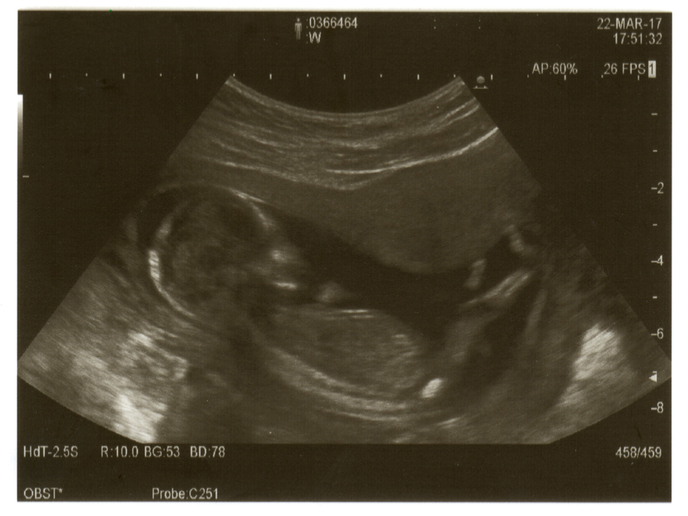Pathway to masculinity needs more than just testosterone
Fetal external genitalia are initially identical and go through male and female differentiation that is determined by chromosomal, genetic and hormonal factors. During the early stages of male fetus development, a gene on the Y chromosome tells the fetal tissue that will form the sex organs to become the testes. These secrete testosterone, a steroid hormone that is subsequently converted into dihydrotestosterone (DHT) by enzymes in the genital tubercle – the primordial structure that either develops into a penis or clitoris, depending on its exposure to hormones released by the developing gonads (ovaries or testicle). The conversion of testosterone to DHT within the tissue is crucial for penis development. Partially supported by the EU-funded REEF project, a team of researchers have shown that in addition to this canonical androgenic pathway, the masculinisation process also involves an alternative (backdoor) pathway through the production of androsterone, which originates in other tissues, including the placenta. The findings were published in the journal ‘PLOS Biology’. “Recently, an alternative “backdoor” route to the formation of DHT, which does not require testosterone, has also been shown to be essential for normal development of the human penis. In this study we provide evidence indicating that androsterone is the major backdoor androgen involved in human masculinization and that it is produced in nongonadal tissues.” The research concluded “that masculinization of the human fetus depends on steroid hormone secretion from both the testes and the placenta, and would explain why placental dysfunction is associated with disorders of sex development.” A press release explains the study’s methodology: “To learn more about this pathway, the authors used mass-spectrometry to measure levels of different steroids in fetal plasma and tissue during the second trimester, when the most critical steps in penis development occur.” Birth defects As noted in the British edition of ‘The Conversation’, it’s crucial to analyse the pathways that control the male external genitalia. “Disorders affecting penis development are among the most common birth defects seen in humans,” it says. “The most frequent of these abnormalities is hypospadias, which is characterized by abnormal opening of the urethra on the ventral side of the penis,” according to ‘PLOS Biology’. An article in the ‘European Journal of Pediatrics’ notes that this condition’s prevalence in Europe “is approximately 18.6 per 10,000 births.” Despite varying temporal trends, “hypospadias registered between 2001 and 2010 in 23 EUROCAT registries revealed a stable number,” the same article adds. Highlighting the causes of this condition, the article refers to various factors “including genetic predisposition, inadequate hormonal stimulation prenatally, maternal-placental factors, and environmental influences.” Indeed, in recent years, several studies have analysed the impact of environmental factors, such as endocrine disrupting compounds (EDCs) on reproductive development. EDCs are man-made chemicals used in many industries, including the production of plastics, cosmetics and pesticides. The REEF (Reproductive effects of environmental chemicals in females) project that provided partial funding to the research also focused on this issue. It examined how environmental chemicals affected the female reproductive system and found that “there was a unifying conclusion regarding the damaging effects of certain chemicals,” as stated on CORDIS. For more information, please see: CORDIS project web page
Countries
United Kingdom



